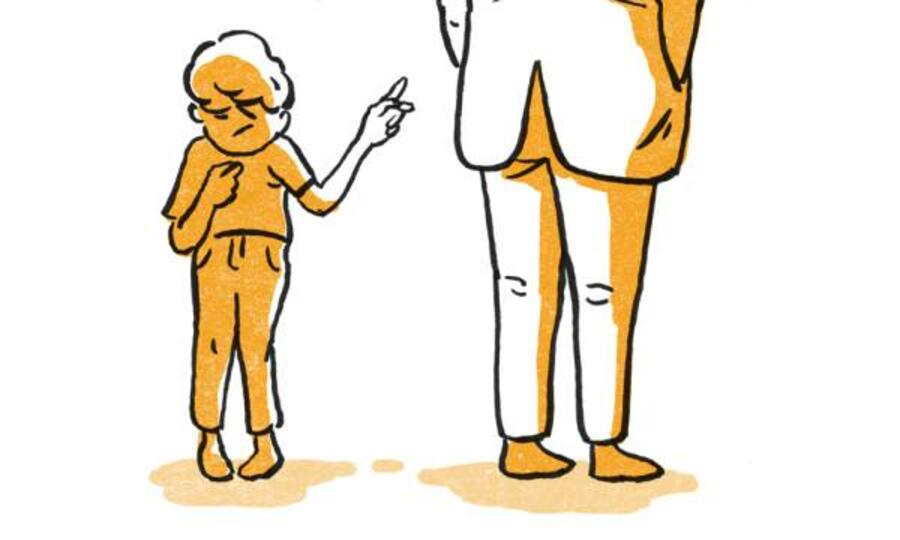Bus Stop: Landesmuseum
In a version of Frau Hitt’s saga, we encounter the Giant Queen as a caring mother. When her son falls into a swamp while playing in the woods and returns to the castle dirty and crying, she comforts and reassures him, and has him bathed in milk and bread.
The relationships between a child and its caregivers can be very diverse and especially at an early age express themselves in a variety of ways. The Institute of Psychology is focused on researching these attachment patterns and the factors that can influence them. What kind of attachment pattern would describe Frau Hitt and her son if he were 1 to 2 years old?

Secure attachment
The children know that they can rely on and trust the caregiver. Because of this relationship of trust, the children show obvious attachment behaviour in separation situations (e.g. crying, running after a loved one), but are easily calmed when reunited with their caregiver and quickly return to exploring the world around them.

Anxious-avoidant attachment
Caregivers of children with an anxious-avoidant pattern of attachment often refuse their children’s wishes for closeness. In order to maintain contact with their caregivers while protecting themselves from rejection, the children learn to keep a greater distance than would actually satisfy their wishes and needs.

Anxious-ambivalent attachment
Caregivers often react inconsistently and unreliably to their children's attachment signals. As an internalised strategy, these children struggle when separated from their attachment figure (e.g. by crying, protesting); when reunited it is difficult to calm them, and they often alternate between seeking and resisting attachment or even resort to anger.

Disorganised/disoriented attachment
Contradictory behaviours are typical for children with this attachment pattern. For example, they reach out for their caregiver but show fear at the same time. In contrast to their normally expected role as a safe haven, caregivers in such cases also represent a threat for these children, which is often related to traumatic experiences.
Faculty of Psychology and Sports Science
Artwork: © Patrick Bonato 2019
